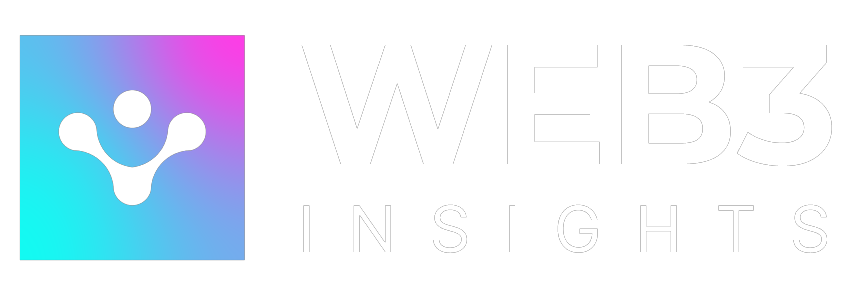Stablecoins don’t make headlines the way Bitcoin does. They don’t go viral like memecoins. But quietly, in the background, they run the show.
Whether you’re into DeFi or just testing your first crypto wallet, there’s a good chance your journey starts or pauses with a stablecoin.
There are thousands of cryptocurrencies out there, but when it comes to actual utility like payments, lending, savings, and DeFi, stablecoins are in a league of their own. This article explores the most popular stablecoins, what makes them different, and how they’re quietly holding the crypto economy together.
1. Tether USDT
With a huge daily trading volume, Tether (USDT) is the most widely used stablecoin in the world. It’s been around since 2014 and is accepted on almost every exchange.
USDT is a fiat-backed stablecoin, meaning it’s supposedly supported by reserves held in cash or equivalent assets. Traders trust USDT because It’s fast, liquid, and deeply integrated into the crypto ecosystem.
The keyword “tether stablecoin cryptocurrency” continues to trend because people are still asking: how secure is it? Who owns tether stablecoin? Is it fully backed? These are important questions, and ones that have kept USDT in the spotlight for nearly a decade.
2. USDC Stablecoins
If Tether is the streetwise older sibling, USDC is the polished professional. Issued by Circle and backed by fully audited reserves, USDC has become the go-to stablecoin for institutions, DeFi platforms, and anyone who prefers transparency.
It’s fully regulated and often seen as the “safe” option among stablecoins. The Circle stablecoin is gaining adoption in enterprise payment systems and Web3 projects alike. USDC is especially popular in the United States and Europe, where financial regulations demand cleaner operational practices.
The rising popularity of USDC has led to increasing use across payroll platforms, yield farming, and even decentralized autonomous organizations (DAOs).
3. DAI Stablecoins
Not all stablecoins rely on traditional finance. DAI is a crypto-collateralized stablecoin that operates on the Ethereum blockchain. Instead of being backed by dollars in a bank, it’s backed by overcollateralized crypto assets like ETH and staked ETH.
This makes DAI more decentralized than USDT or USDC, which appeals to crypto purists. But it also means DAI’s peg can fluctuate slightly during market turbulence. Still, for many DeFi users, the trade-off is worth it.
The beauty of DAI is its composability. You can mint it, lend it, stake it, and borrow against it, all without a centralized issuer calling the shots. It’s the definition of programmable money.
4. Binance USD (BUSD)
Created by Binance and backed by Paxos, BUSD is another popular stablecoin that’s widely used across Binance’s ecosystem. It’s fiat-backed, regulated, and was once one of the fastest-growing stablecoins on the market.
However, regulatory pressure in 2023 slowed BUSD’s growth, and it’s no longer being actively minted. Still, existing BUSD tokens continue to circulate and see use especially within Binance’s centralized and decentralized exchange platforms.
BUSD had a huge role in growing crypto liquidity and pushing stablecoin accessibility forward.
5. TrueUSD (TUSD)
TrueUSD (TUSD) might not be as well-known, but it’s been quietly building its reputation. What sets TUSD apart is its emphasis on real-time proof of reserves, allowing users to verify its backing 24/7. That’s a big deal in a space where transparency is often more promise than practice.
TUSD has found niches within specific exchanges and trading platforms. It’s favored by users who want stablecoin exposure without relying on the biggest names in the game.
The Ripple Stablecoin: What We Know So Far
It hasn’t launched yet, but Ripple’s stablecoin (RLUSD) is already making waves. With Ripple’s strong history in enterprise payments and global remittance, this stablecoin is expected to bring something new to the table: speed, compliance, and cross-border functionality.
Searches like “Ripple stablecoin release date,” “Ripple stablecoin launch details,” and “what is Ripple stablecoin called” show just how much buzz there is. If Ripple pulls it off, their stablecoin could become a major player in both retail and institutional finance.
Given Ripple’s connections and XRP’s footprint in payments, RLUSD could be one of the few stablecoins that bridges both public blockchains and regulated financial rails.
Why So Many Stablecoins?
At this point, you might be wondering: why do we need so many stablecoins?
The answer comes down to use cases, regulation, decentralization, and trust. Some people want complete transparency. Others want pure decentralization. Some care about compliance, while others just want the cheapest, fastest transfer possible.
That’s why the stablecoin market is so diverse and why it’s growing fast. There’s no one-size-fits-all option. Each user and developer has their own priorities, and the stablecoin ecosystem is evolving to reflect that.
From e-commerce to payroll, gaming economies to international transfers, there’s a stablecoin tailored for almost every digital need.
Final Thoughts: Stablecoins Are the Real MVPs of Crypto
If you’re here for long-term gains, stablecoins probably aren’t what you’re holding. But if you’re trading, lending, borrowing, or moving money across borders, stablecoins are everything.
They bring stability to a volatile market. They bridge crypto and traditional finance. And they make DeFi and Web3 usable in the real world.
And in a market where the only constant is change, stablecoins are the anchor that helps everything else move forward.








